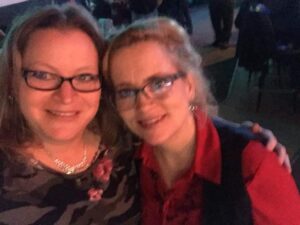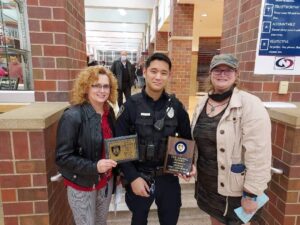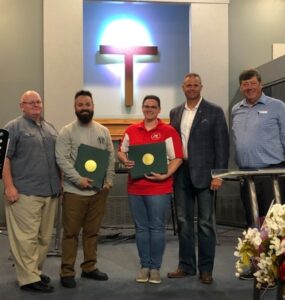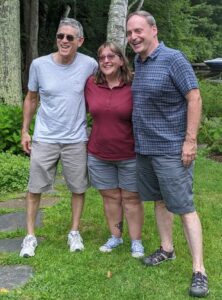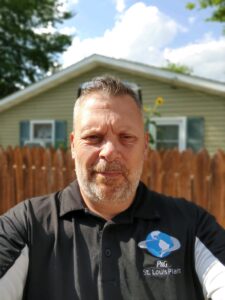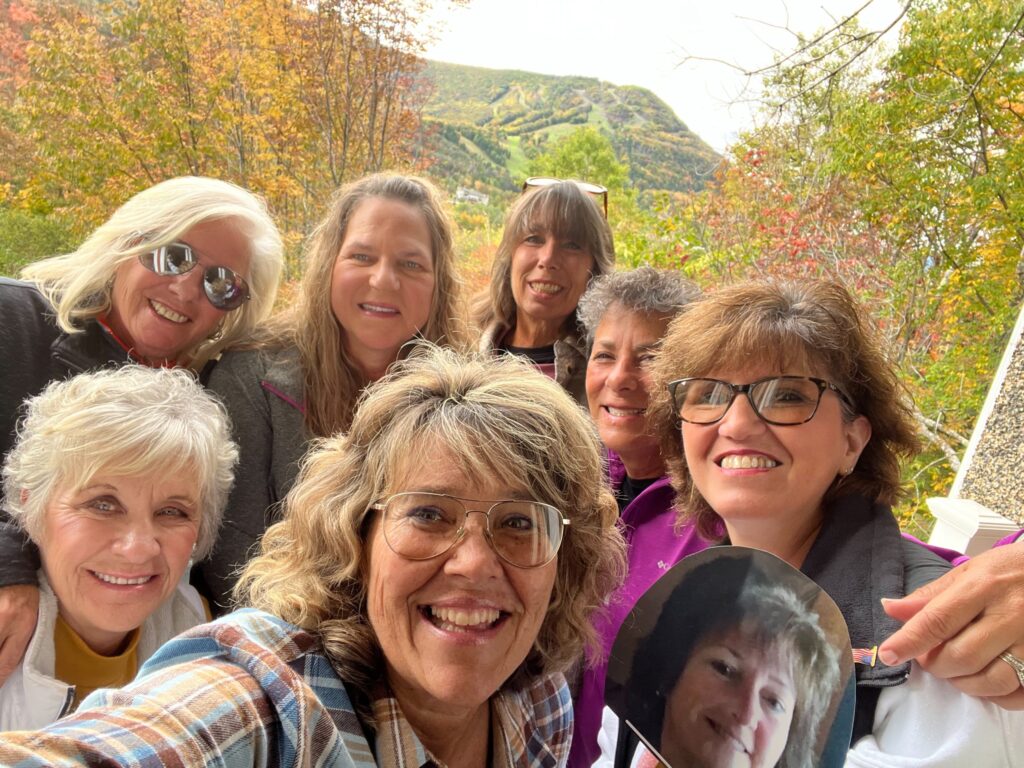Linette Castro, a school nurse at Winfield Scott School No. 2 in New Jersey, had only been working at the campus for a few months when a student suffered cardiac arrest.
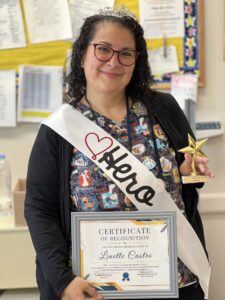
During the morning of Oct. 24, 2023, Linette was in her office when the school’s security guard told her that her help was needed. As Linette walked out of the office, she saw principal Shante Rorie running towards her, yelling the name of the boy who needed medical attention. Linette immediately knew who the student was because she was aware that he had an underlying heart condition and wore a pacemaker.
Linette and Shante ran to the hallway where the boy was laying on his back on the floor. Linette rushed over to him. She checked for a pulse and also put her stethoscope on his chest. She didn’t hear a heartbeat. The boy’s pacemaker had failed.
Shante called the front office staff and asked them to call 911. Linette started CPR as Shante went to go get the AED.
As Linette performed CPR, it dawned on her that she was the only nurse on site. She had spent most of her nursing career in a high-adrenaline neonatal ICU with a team of healthcare providers. But now she found herself responding to an out-of-hospital cardiac arrest in a school environment where there was no back-up nurse.
“I knew in that moment – I had to stay calm,” Linette said. “How was everyone around me going to stay calm especially when everyone has not been in a life-or-death moment like this?”
Shante watched as Linette administered CPR to the student, who had turned blue. His mouth was open, and his eyes had rolled back into his head.
“She is working, and she is so focused,” Shante recalled. “She is working and not stopping.”
As Linette peeled off the stickers on the AED pads, the situation seemed surreal to her.
“I can’t believe I’m having to do this and use an AED on a child,” she recalled thinking.
Linette said the AED advised a shock and after the shock was delivered, she resumed CPR. The fire department soon arrived and transported the student to the hospital. Shante said a hospital official called her twice to commend Linette’s lifesaving actions.
“The head of the cardiac department, he called me the first day and said, ‘Listen I want you to know what she did was extraordinary because she saved him, “ Shante said. “He called me the next day because he was still awestruck.”
The student survived and recovered. When the boy returned to the school, it was a bittersweet moment for both Shante and Linette who each gave him a hug.
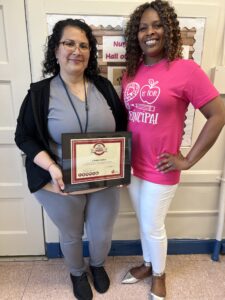
“Her and I are pretty emotional people, so we got choked up,” Linette said.
Before Linette joined the staff at Winfield Scott School No. 2, Shante said there was another school nurse who had been there for many years. Then, Linette was transferred to the campus, which Shante believes happened for a reason.
“This amazing person was able to stay calm and get all the tools she needed without even a moment of hesitation,” Shante said of Linette. “He was gone. He was no longer with us. And she saved his life. And we talk about the fact she wasn’t even our nurse, and she came to our building. And we think this was her purpose. She is living her purpose.”
Shante described Linette as a thorough, conscientious and kind person who goes above and beyond what her responsibilities are to make sure the health needs of students and staff are met.
“She has really transformed how medical care happens in our school,” Shante said. “We used to have tremendous, long lines for students coming in. She has streamlined that. She is able to have the kids come in, give them what they need, quickly assess and keep the kids who really need attention.”
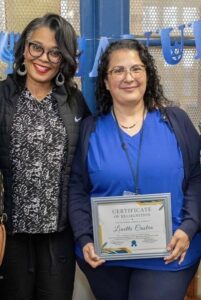
In recognition of her lifesaving work, Veronica Valentine Frazier, Linette’s friend and peer, nominated her for the AHA Heartsaver Hero award.
“The way Linette reacted to the event and how she was able to perform CPR – she was the only one capable,” Veronica said. “She worked with the student for six minutes alone. That is extremely difficult. So the way she was quick to respond – she knew exactly what to do. She was able to delegate and try to explain to staff exactly what she needed.”
Linette received her Basic Life Support completion card from AHA. She said the steps for carrying out CPR that she received in AHA training crossed her mind when she responded to the out-of-hospital cardiac arrest.
“Of course I remember the training – the didactic part of it, “ she said. “But mostly it was the actual maneuvers – I think the quality of your compressions – I knew I was giving good compressions. I never doubted that I was giving this child good compressions.”
Linette’s response to the cardiac emergency compelled Shante to become trained in CPR. It also motivated Veronica to establish a CPR training business that trains school district staff.
Linette said her message to other nurses about CPR is you never know when you’ll need to use the lifesaving skill.
“It’s an invaluable tool that you never know you’re going to need, whether it’s in the school setting or the supermarket,” Linette said. “Don’t take it for granted.”

